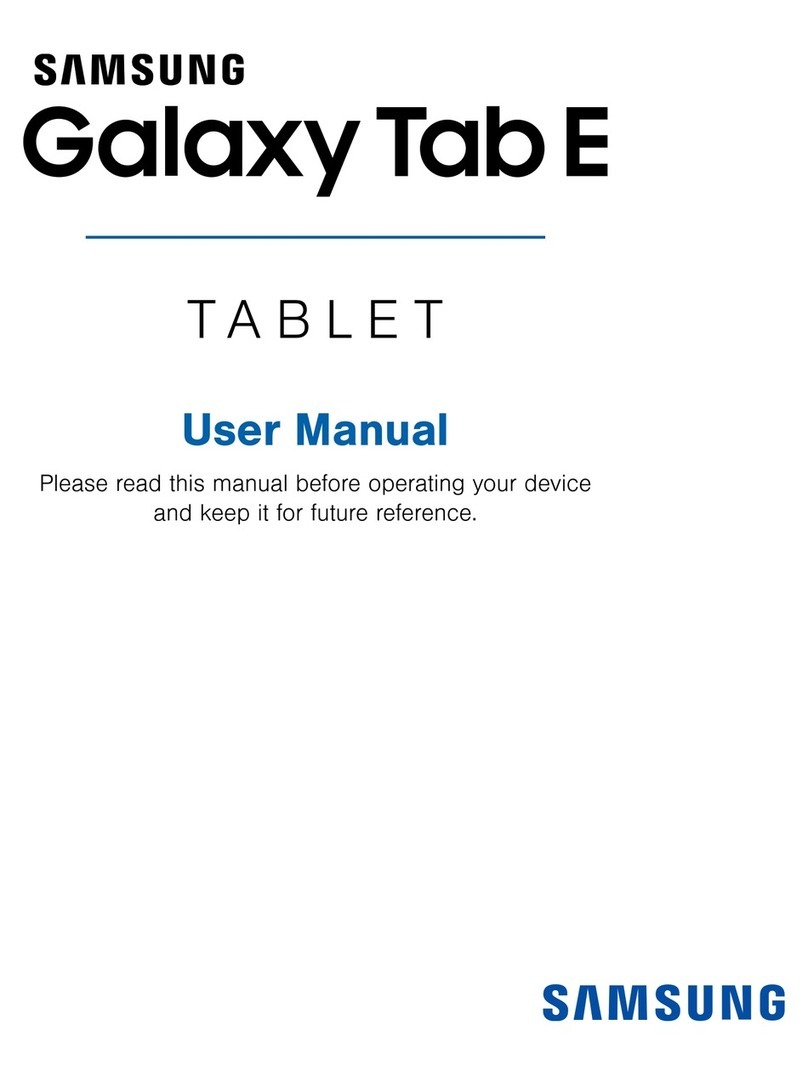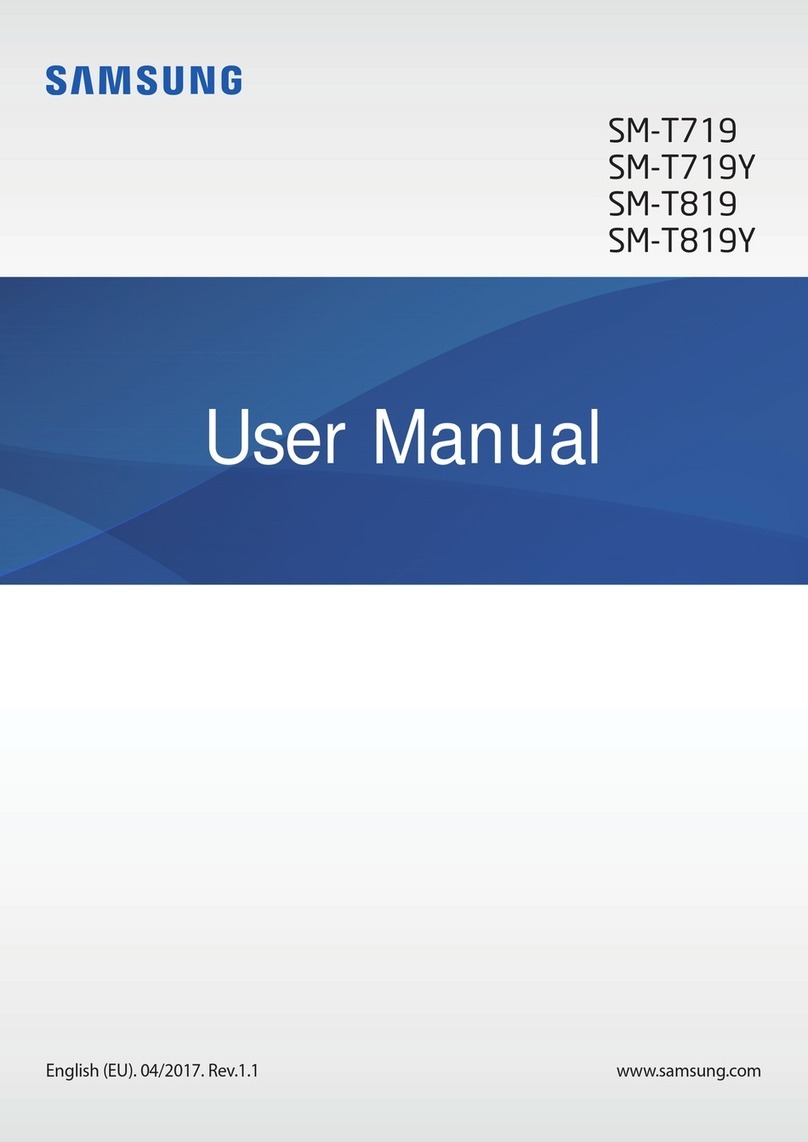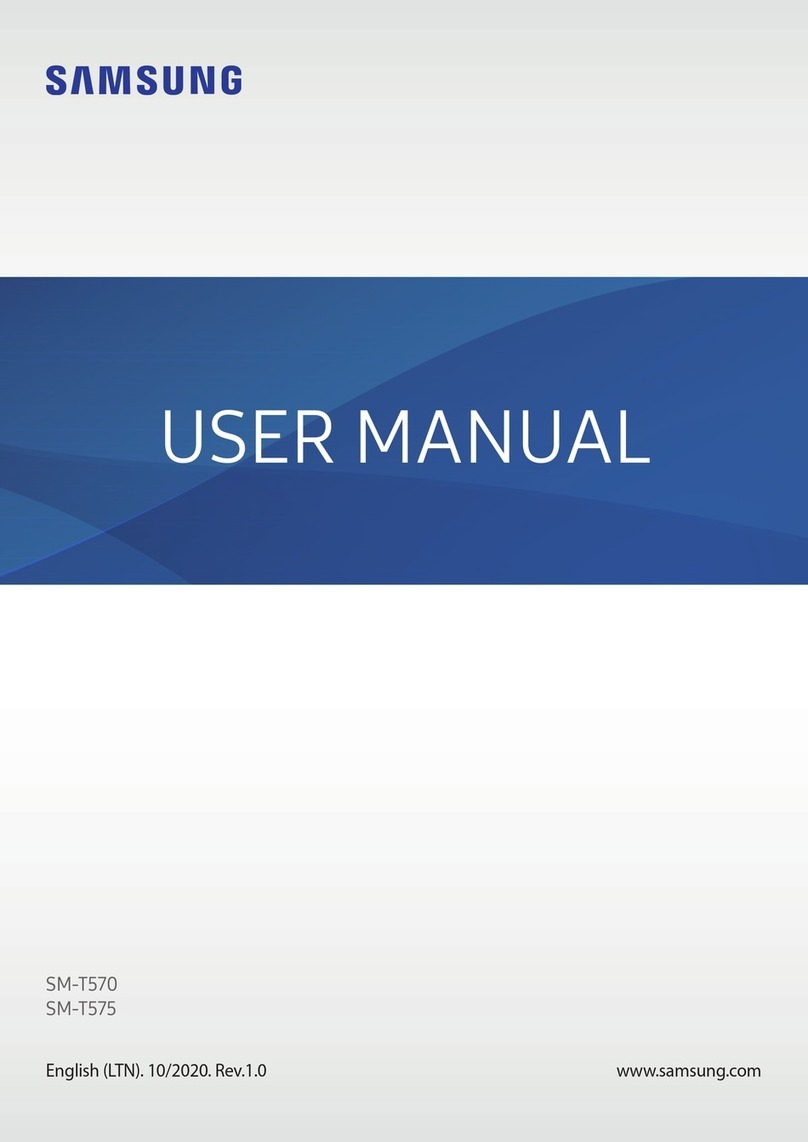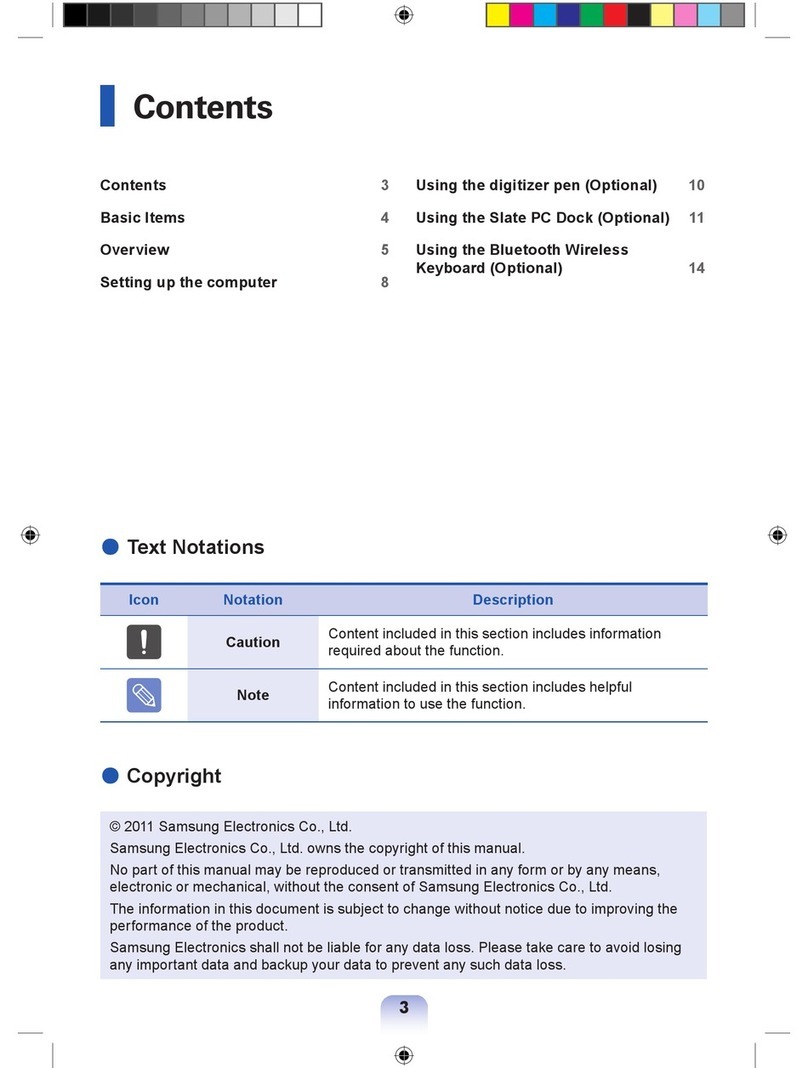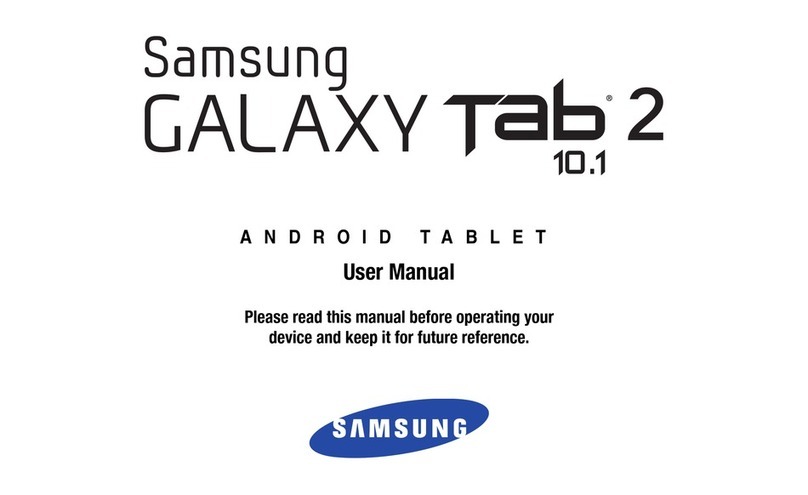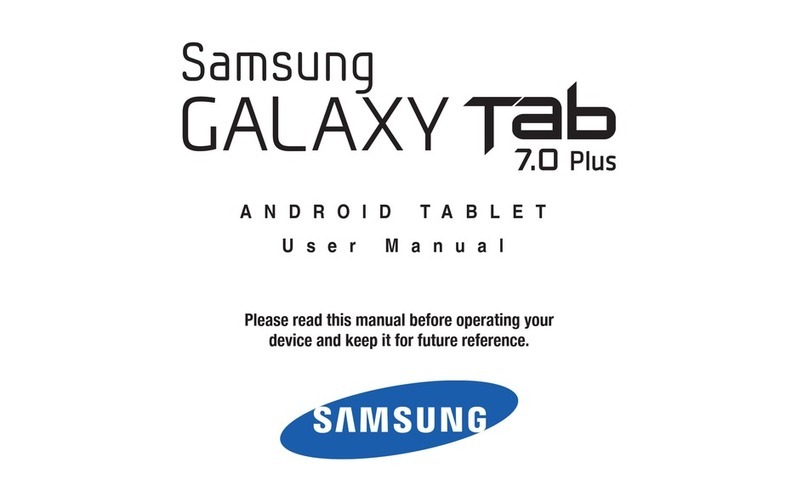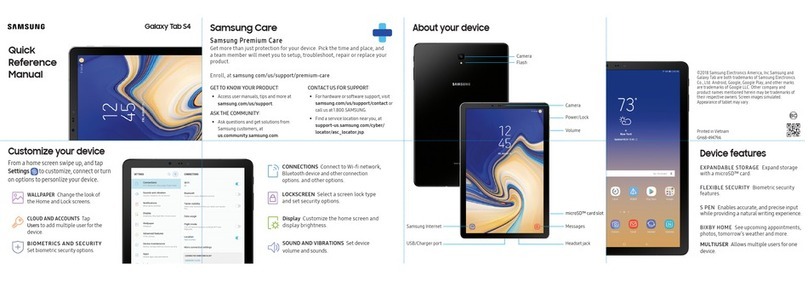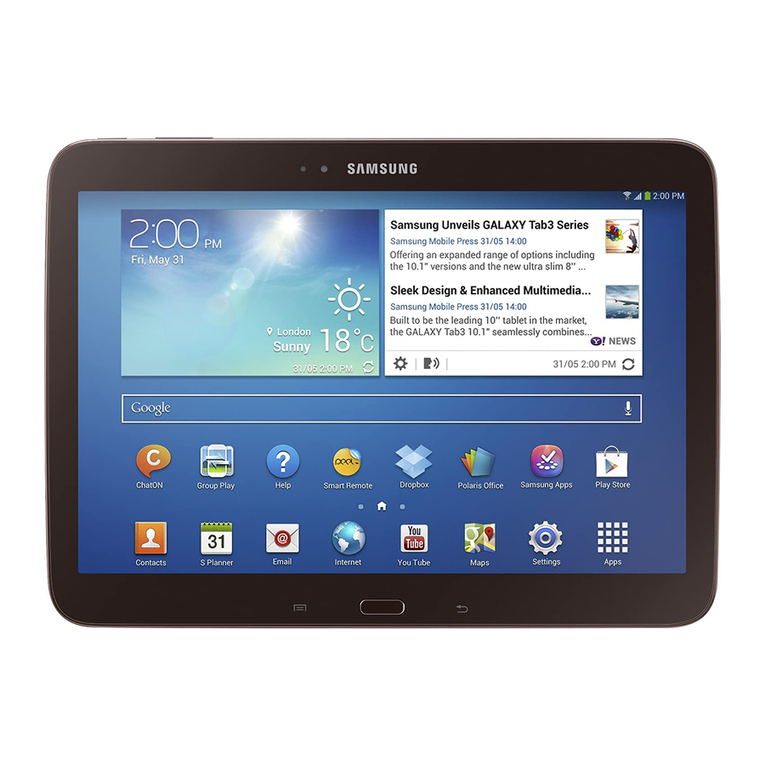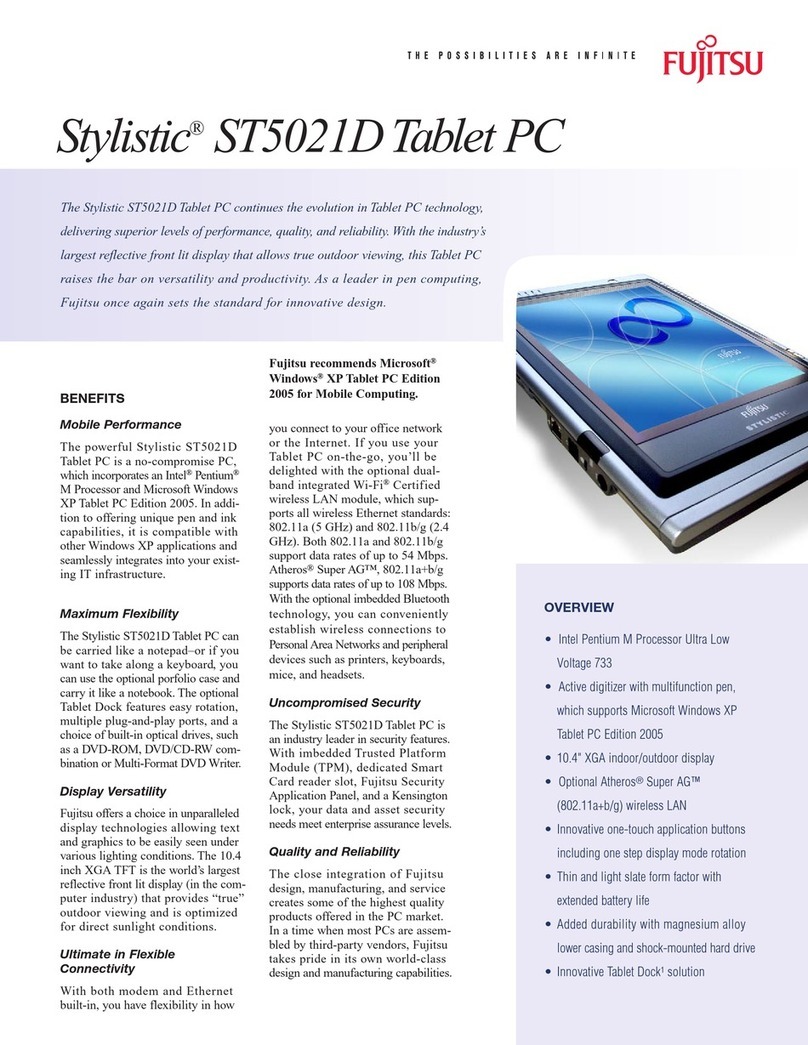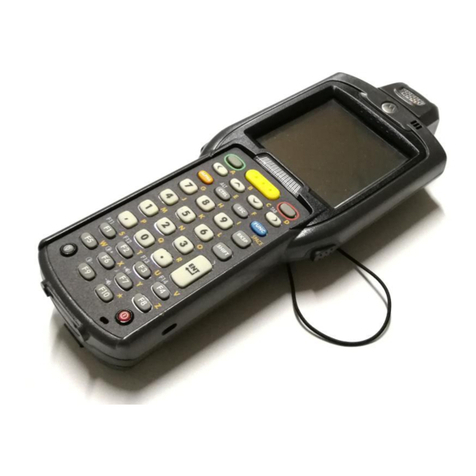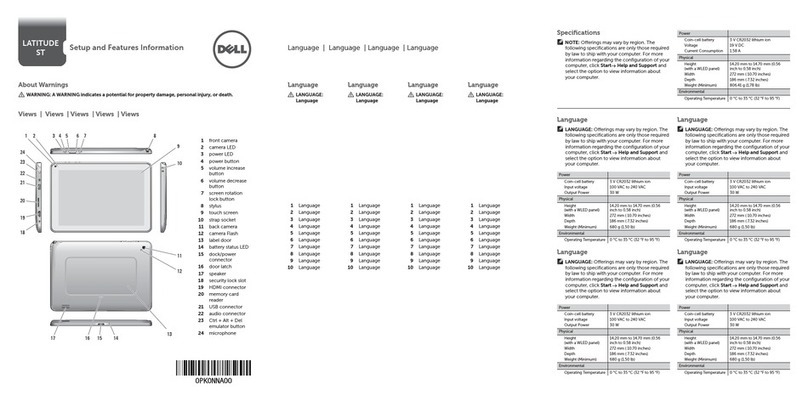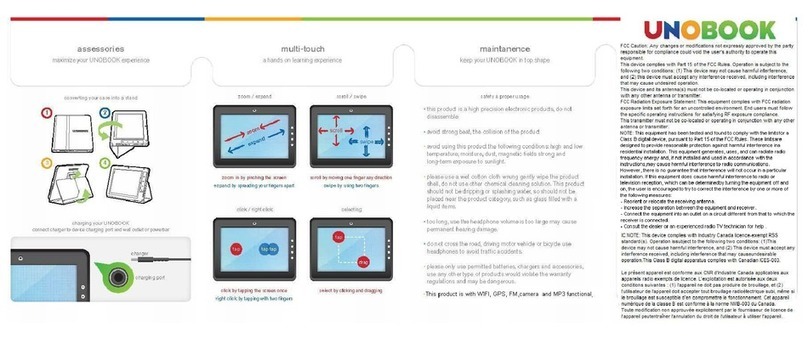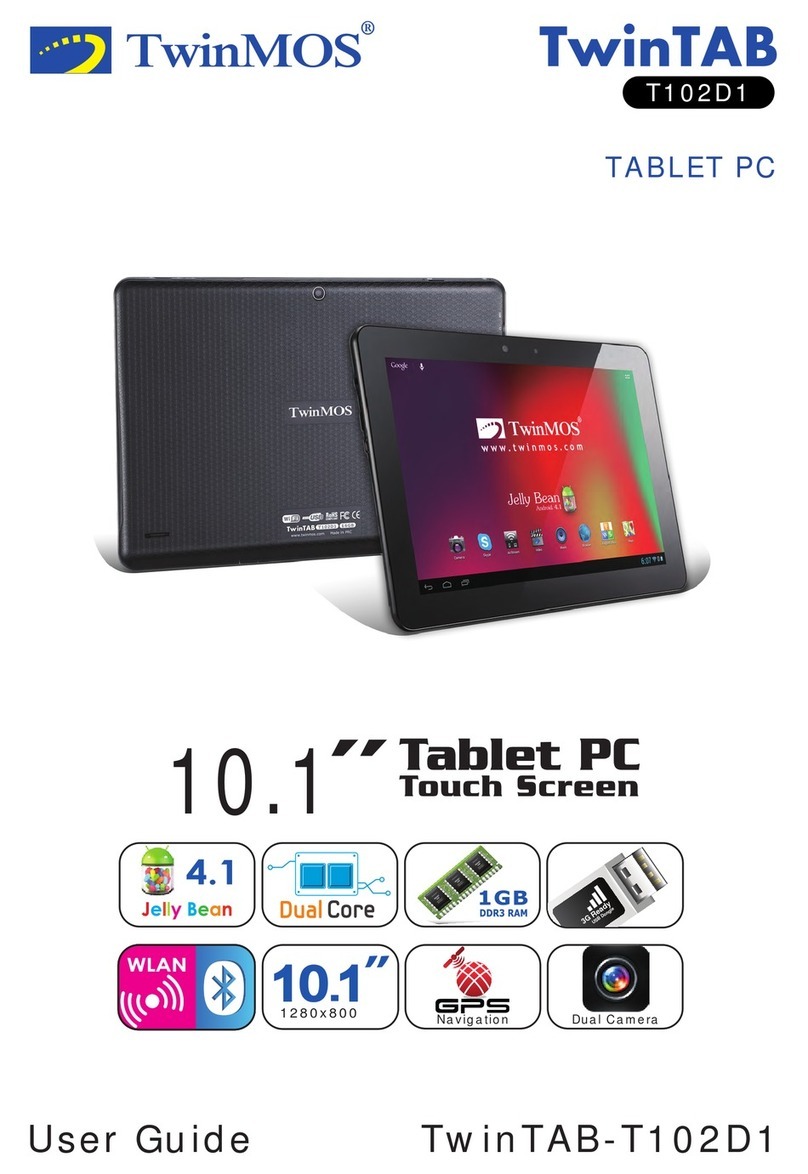
What are the results of the research done already?
The research done thus far has produced conicting
results, and many studies have suered from aws
in their research methods. Animal experiments
investigating the eects of radio frequency energy (RF)
exposures characteristic of wireless GALAXYs have yielded
conicting results that often cannot be repeated in
other laboratories. A few animal studies, however, have
suggested that low levels of RF could accelerate the
development of cancer in laboratory animals. However,
many of the studies that showed increased tumor
development used animals that had been genetically
engineered or treated with cancer-causing chemicals
so as to be pre-disposed to develop cancer in absence
of RF exposure. Other studies exposed the animals to
RF for up to 22 hours per day. These conditions are
not similar to the conditions under which people use
wireless GALAXYs, so we don’t know with certainty what
the results of such studies mean for human health.
Three large epidemiology studies have been published
since December 2000. Between them, the studies
investigated any possible association between the use
of wireless GALAXYs and primary brain cancer, glioma,
meningioma, or acoustic neuroma, tumors of the brain
or salivary gland, leukemia, or other cancers. None of
the studies demonstrated the existence of any harmful
health eects from wireless GALAXYs RF exposures.
However, none of the studies can answer questions
about long-term exposures, since the average period of
GALAXY use in these studies was around three years.
What research is needed to decide whether RF
exposure from wireless GALAXYs poses a health risk?
Acombinationoflaboratorystudiesandepidemiological
studies of people actually using wireless GALAXYs would
provide some of the data that are needed. Lifetime
animal exposure studies could be completed in a
few years. However, very large numbers of animals
would be needed to provide reliable proof of a cancer
promoting eect if one exists. Epidemiological studies
can provide data that is directly applicable to human
populations, but ten or more years’ follow-up may be
needed to provide answers about some health eects,
Health and safety information
such as cancer. This is because the interval between
the time of exposure to a cancer-causing agent and
the time tumors develop - if they do - may be many,
many years. The interpretation of epidemiological
studies is hampered by diculties in measuring actual
RF exposure during day-to-day use of wireless GALAXYs.
Many factors aect this measurement, such as the
angle at which the GALAXY is held, or which model of
GALAXY is used.
What is FDA doing to nd out more about the
possible health eects of wireless GALAXY RF?
FDA is working with the U.S. National Toxicology
Program and with groups of investigators around the
world to ensure that high priority animal studies are
conducted to address important questions about the
eects of exposure to radio frequency energy (RF).
FDA has been a leading participant in the World Health
Organization international Electromagnetic Fields
(EMF) Project since its inception in 1996. An inuential
result of this work has been the development of a
detailed agenda of research needs that has driven the
establishment of new research programs around the
world. The Project has also helped develop a series of
public information documents on EMF issues.
FDA and Cellular Telecommunications & Internet
Association (CTIA) have a formal Cooperative
Research and Development Agreement (CRADA) to
do research on wireless GALAXY safety. FDA provides
the scientic oversight, obtaining input from experts
in government, industry, and academic organizations.
CTIA-funded research is conducted through contracts
to independent investigators. The initial research will
include both laboratory studies and studies of wireless
GALAXY users. The CRADA will also include a broad
assessment of additional research needs in the context
of the latest research developments around the world.


